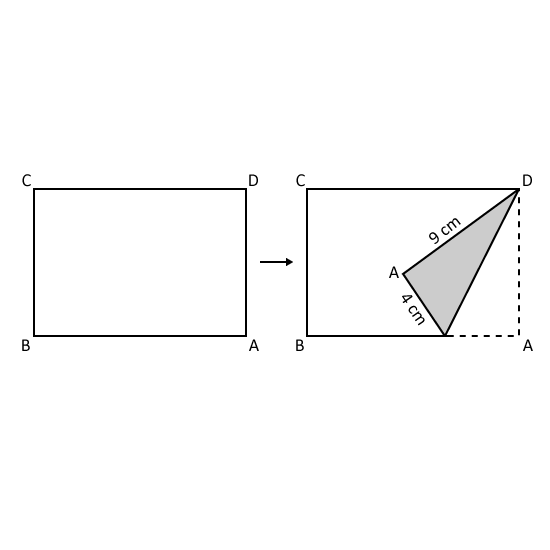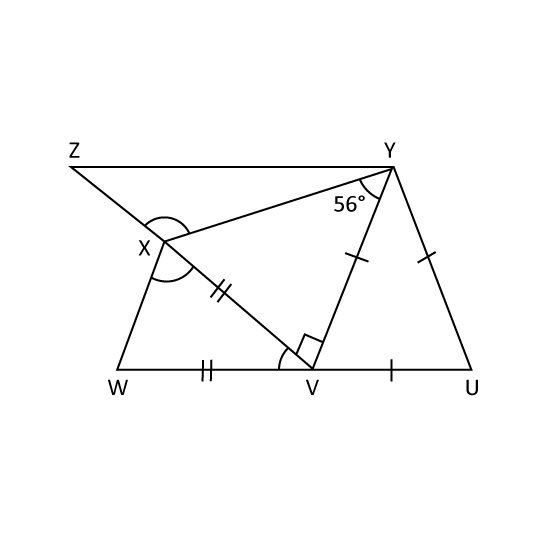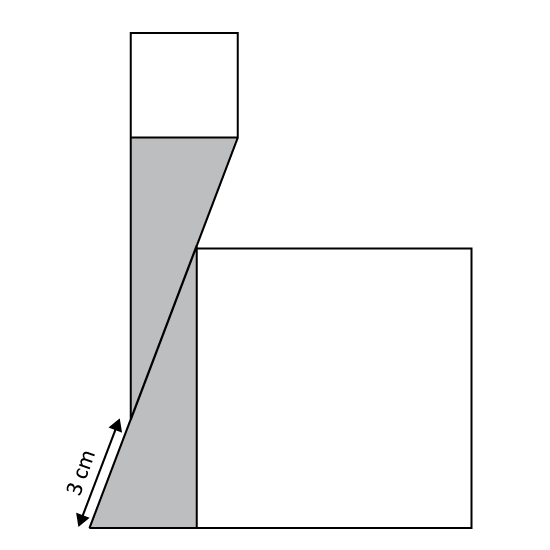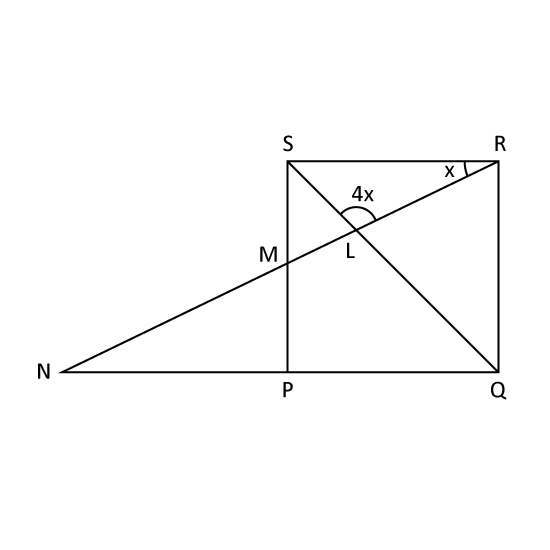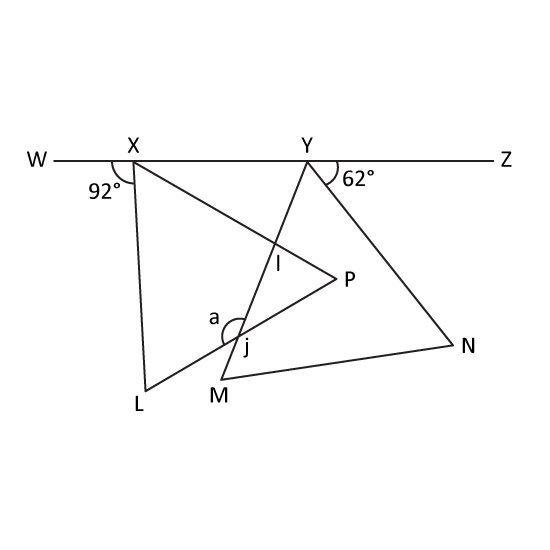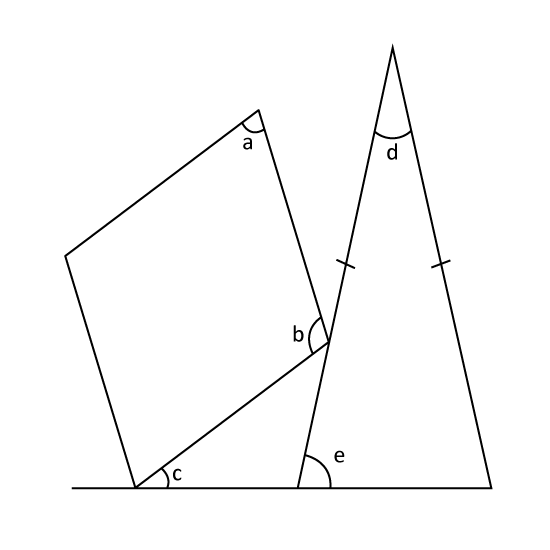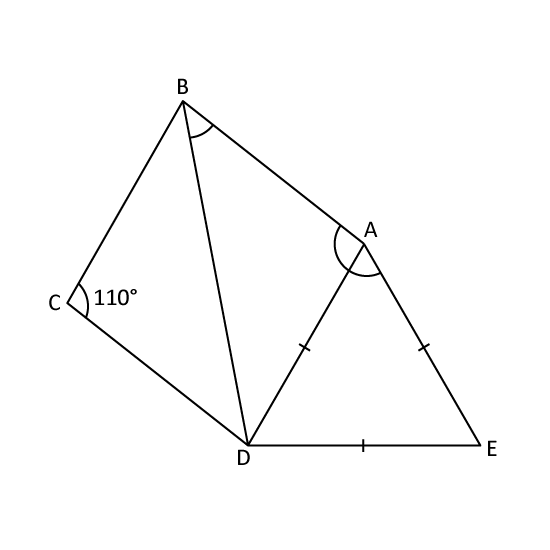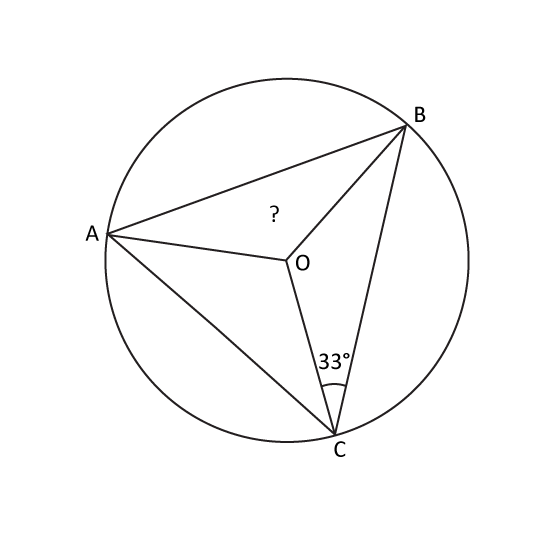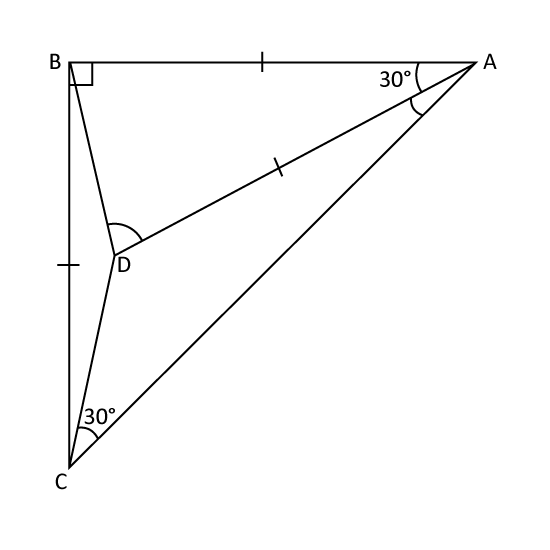Level 3
Building A and Building B were 360 km apart. A car travelled from Building A towards Building B. At the same time, a bus started from Building B to Building A. After travelling 1
12 hours, the two vehicles were still 144 km apart. If the ratio of the average speed of the bus to that of the car was 4 : 5, find
- the average speed of the bus.
- the time taken for them to meet. travelling the rest of the journey
